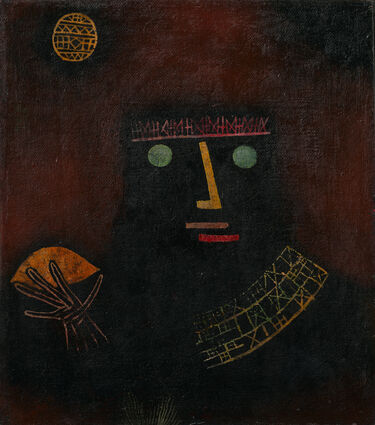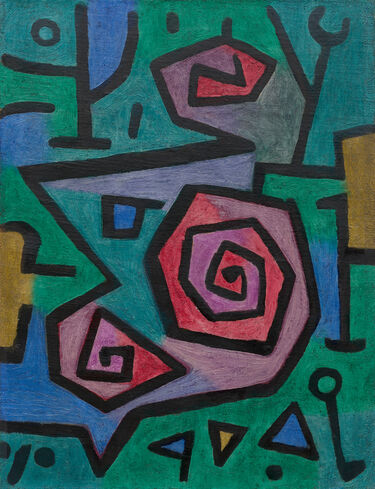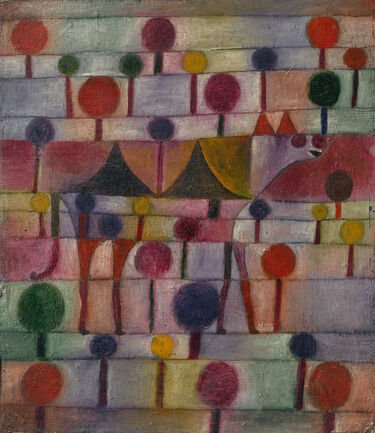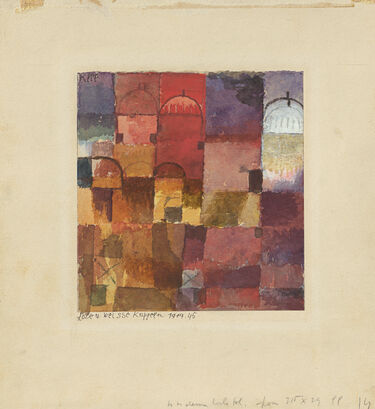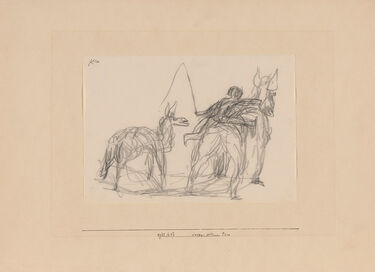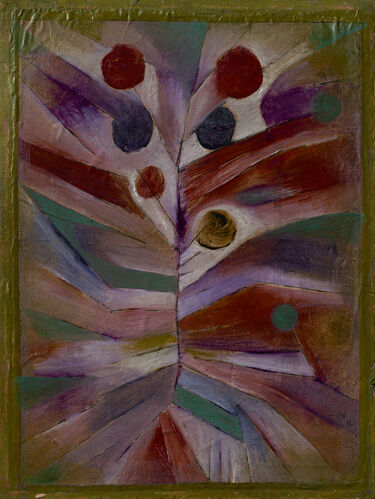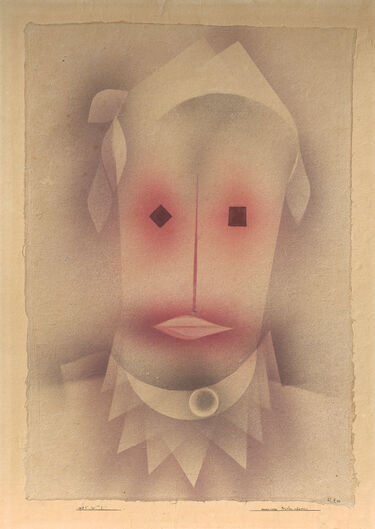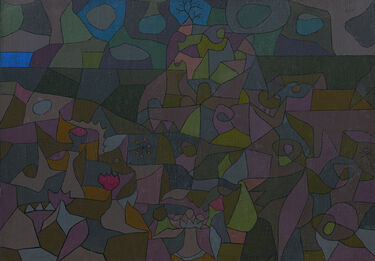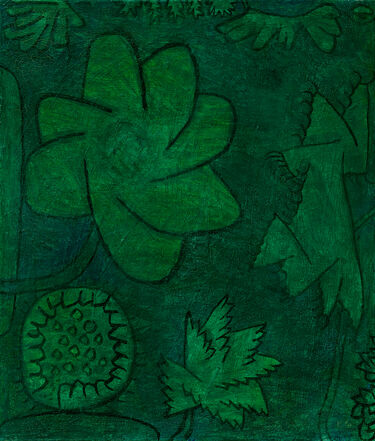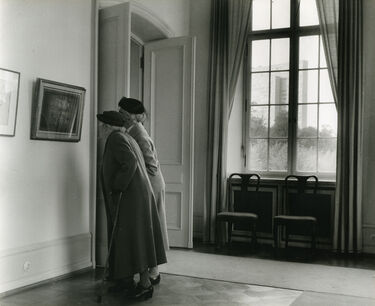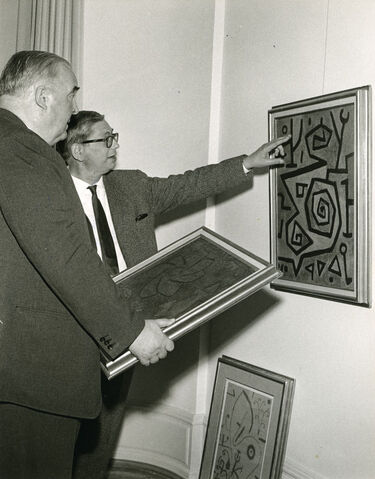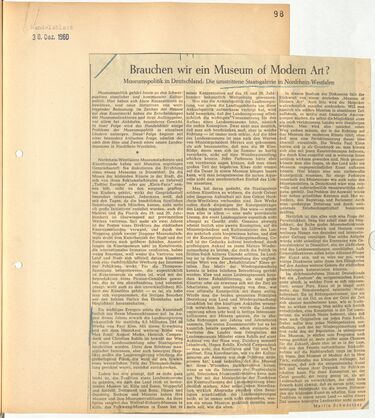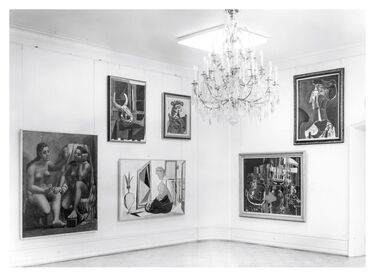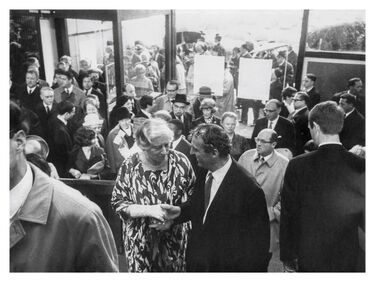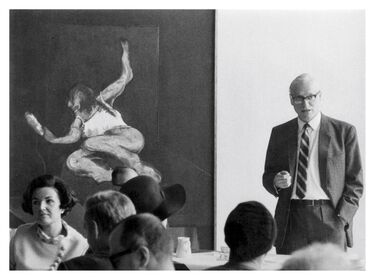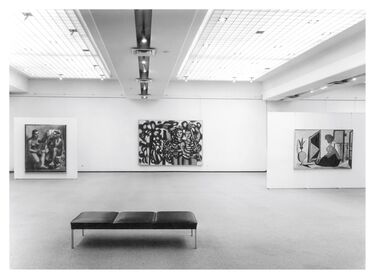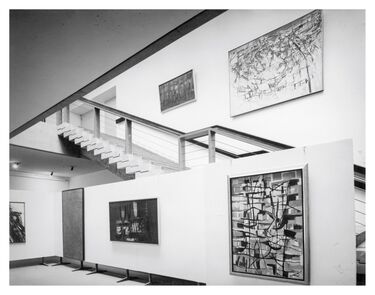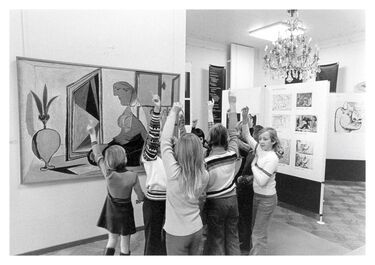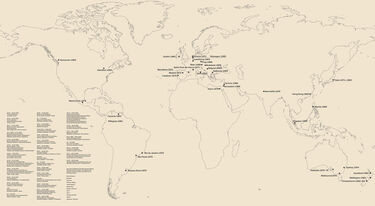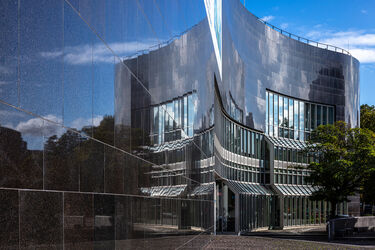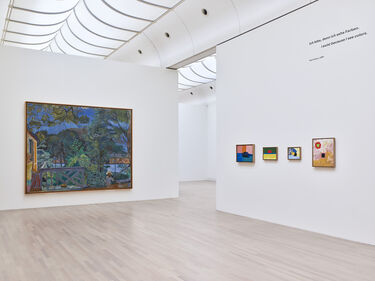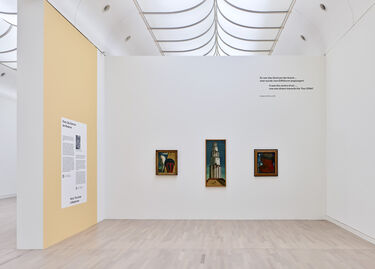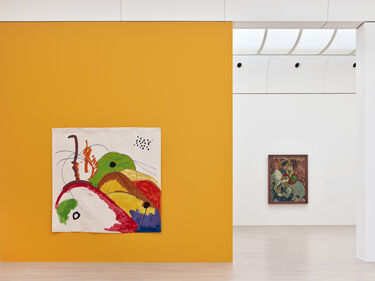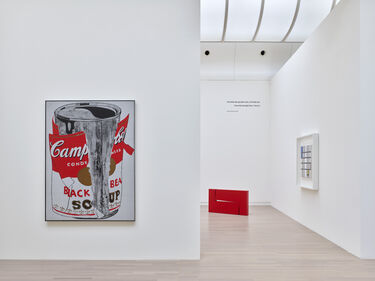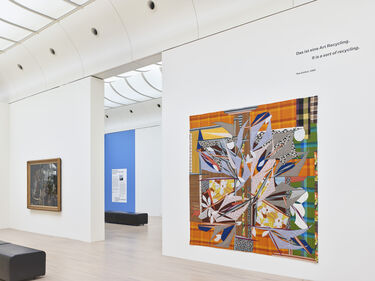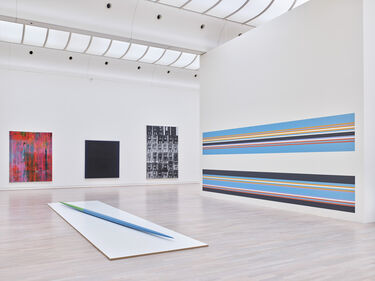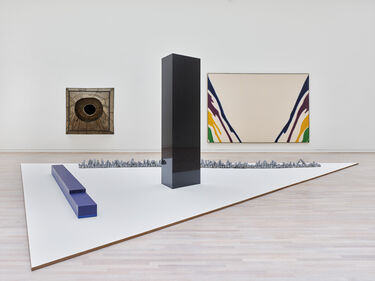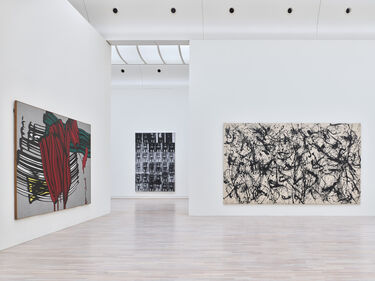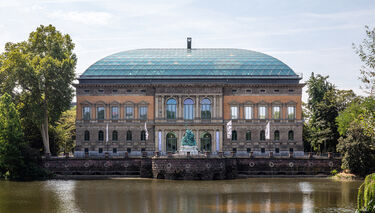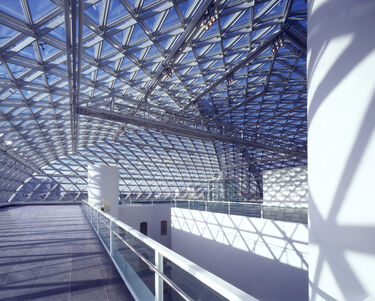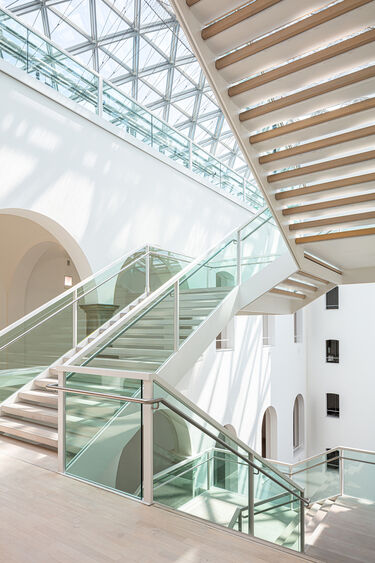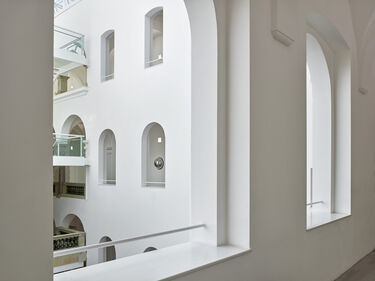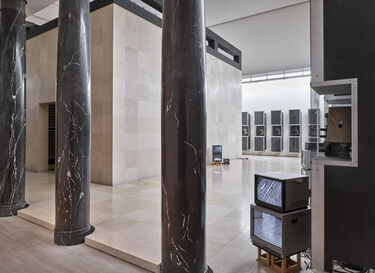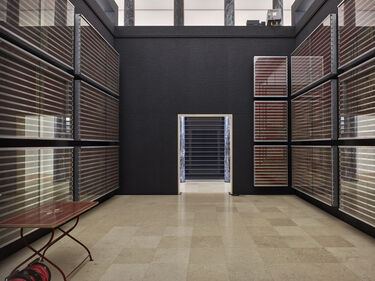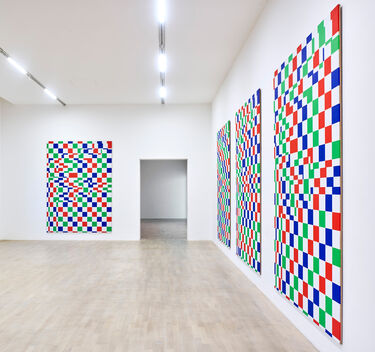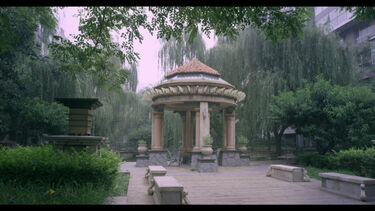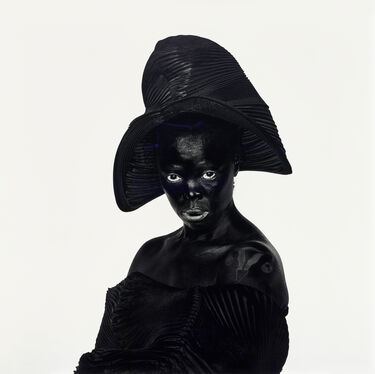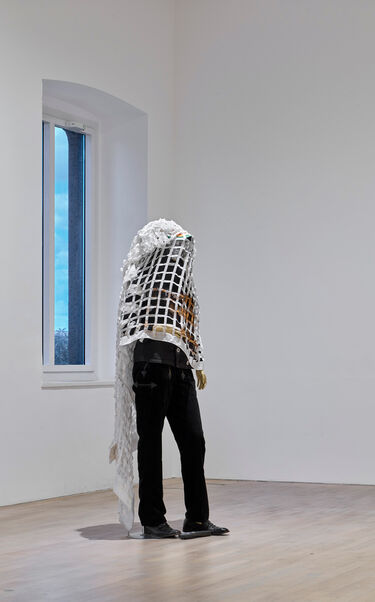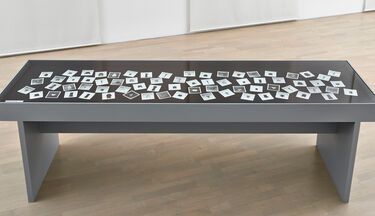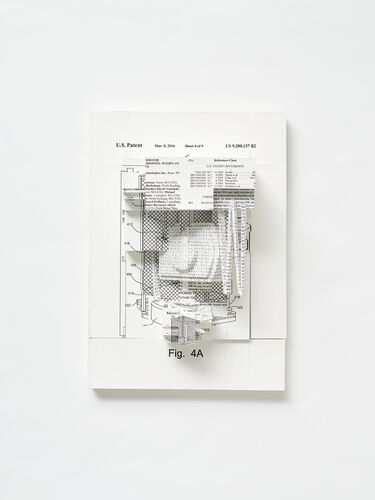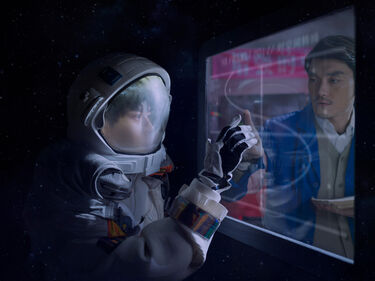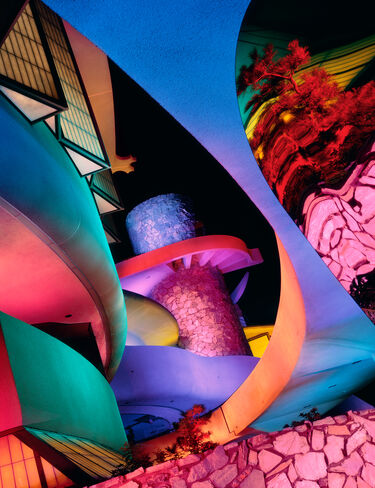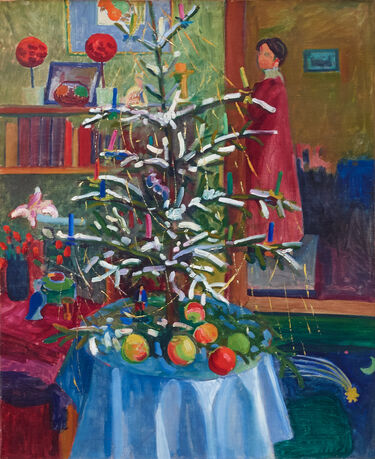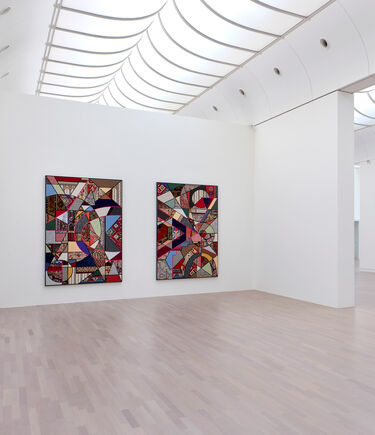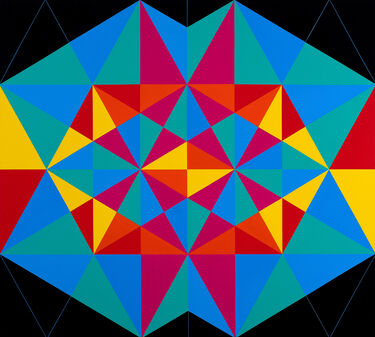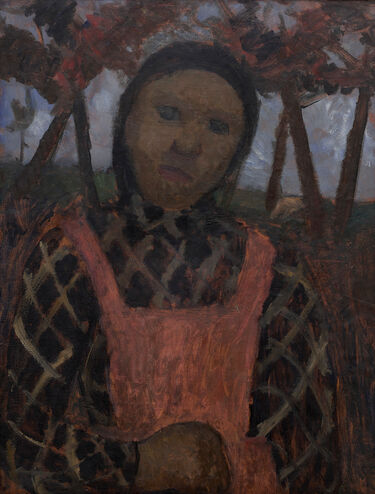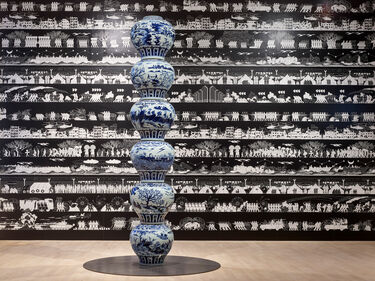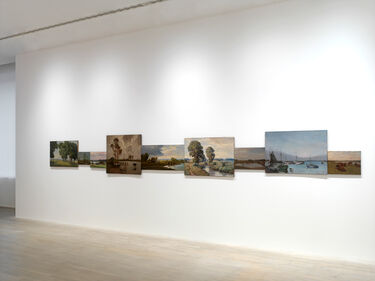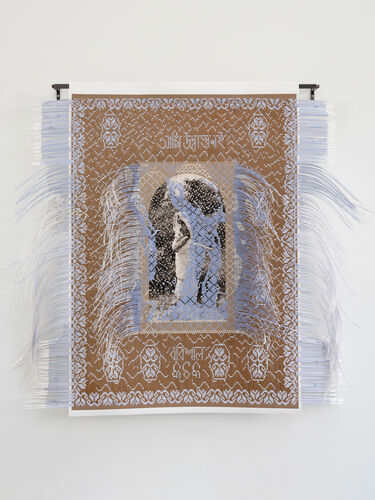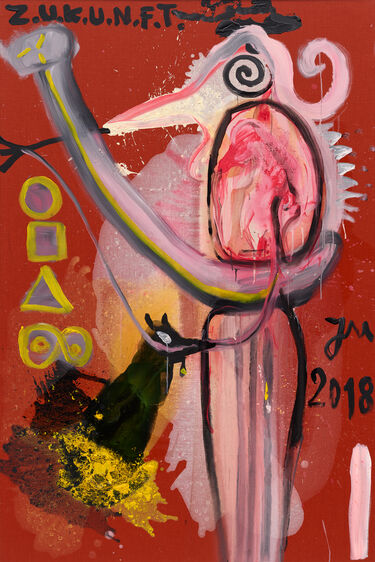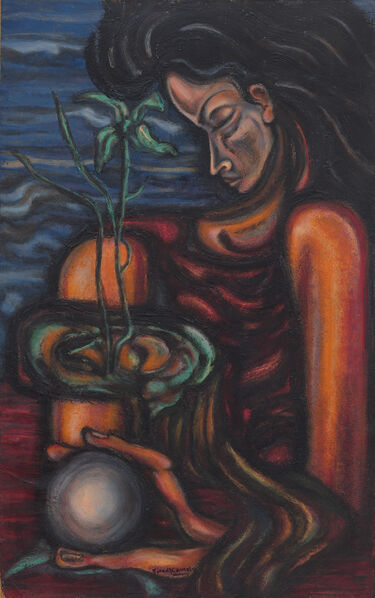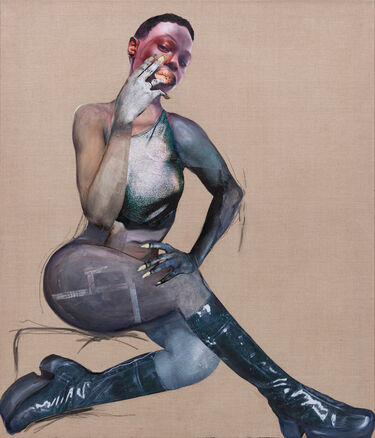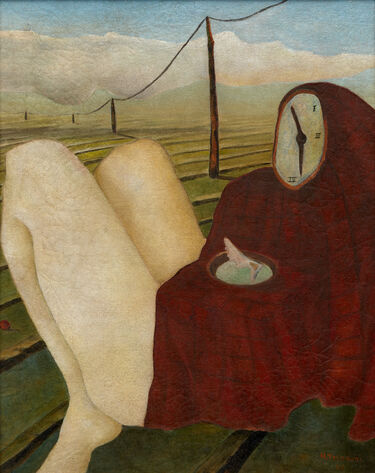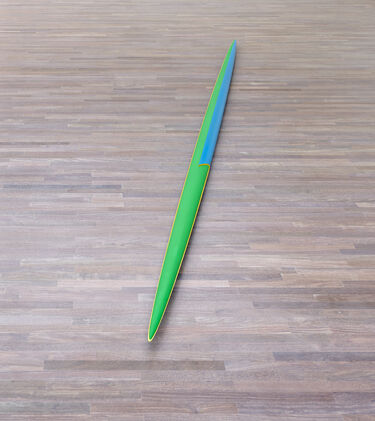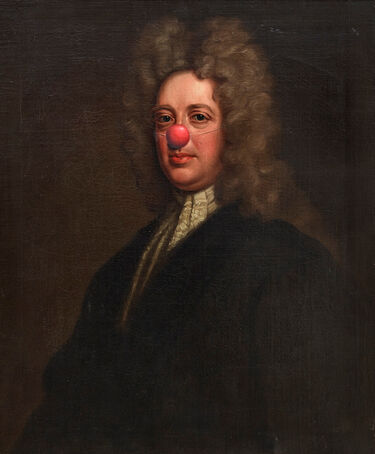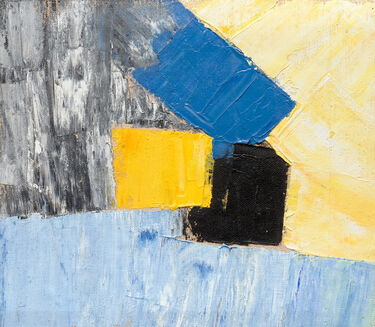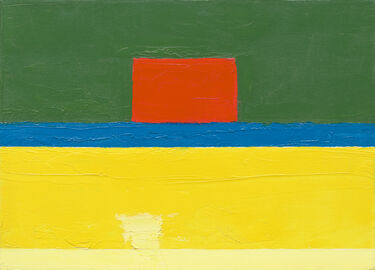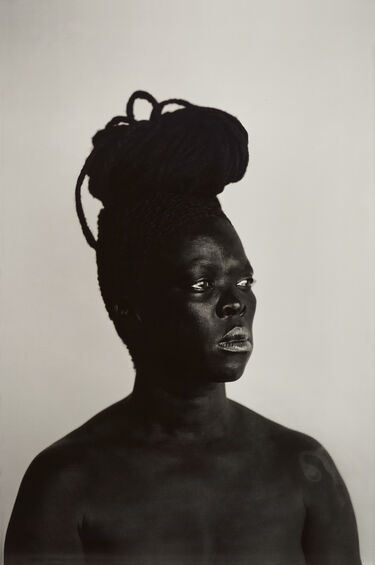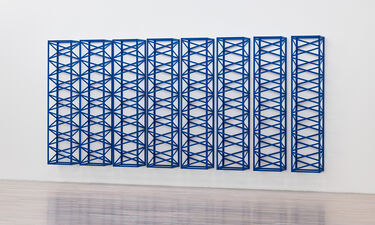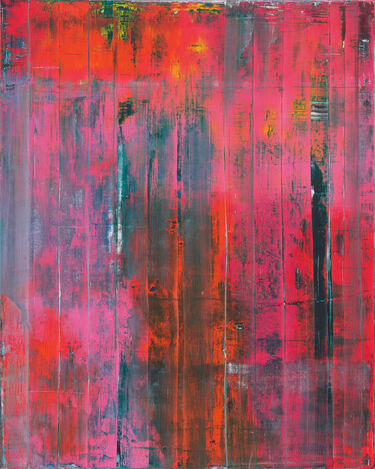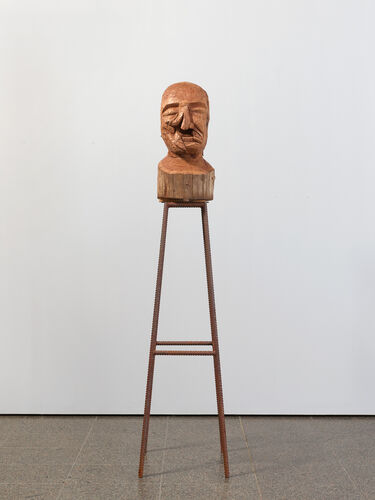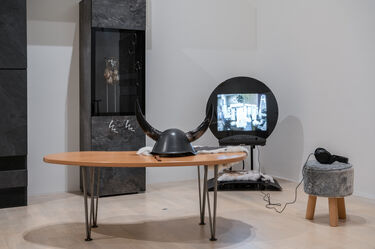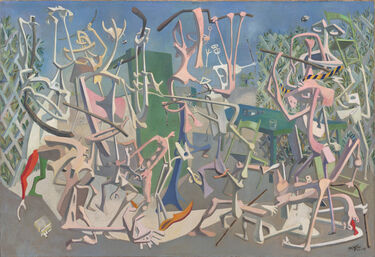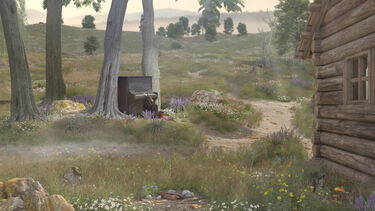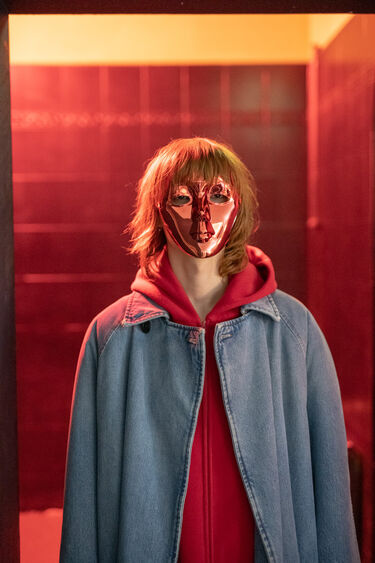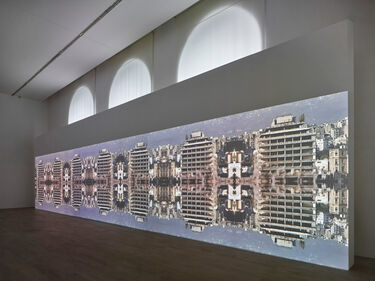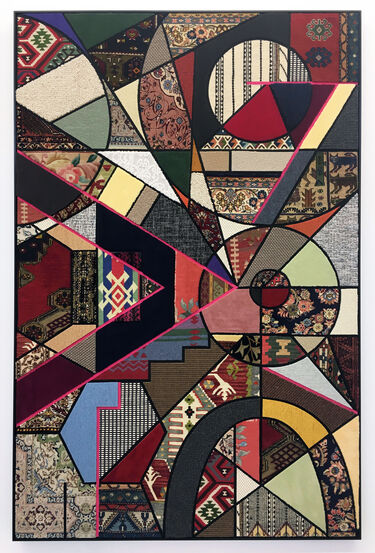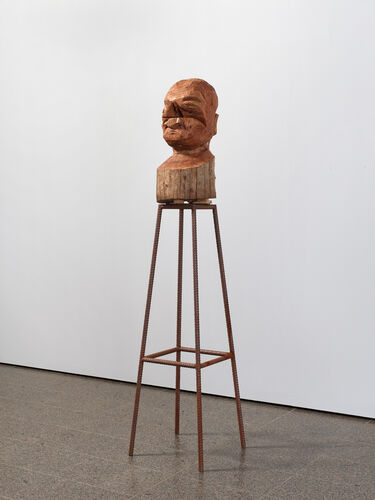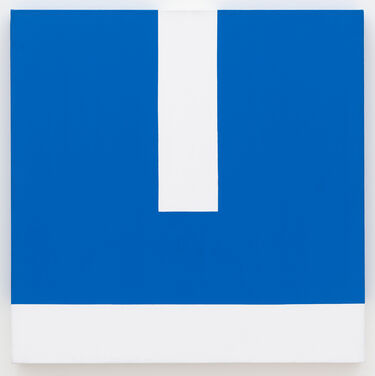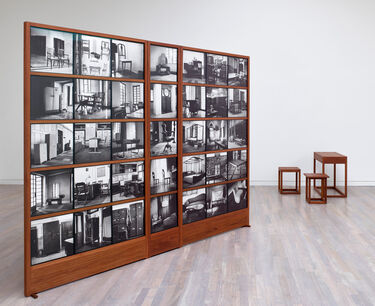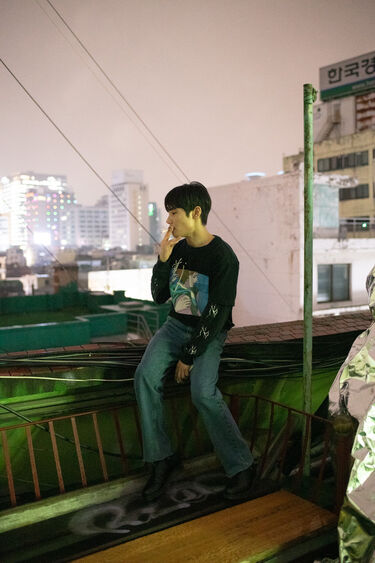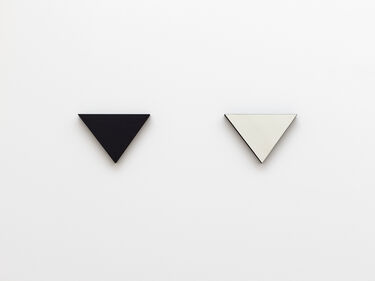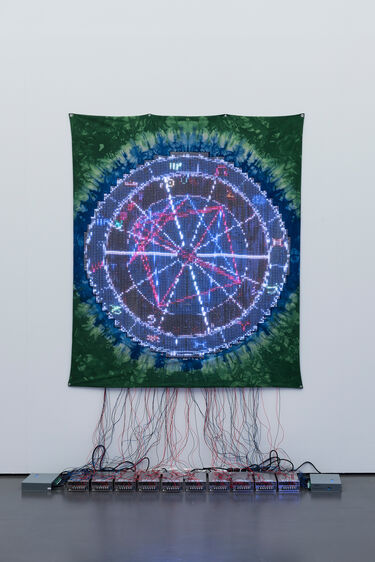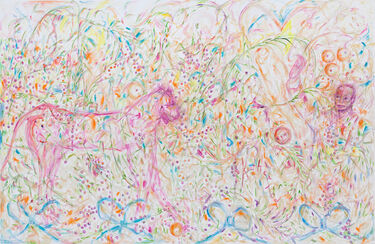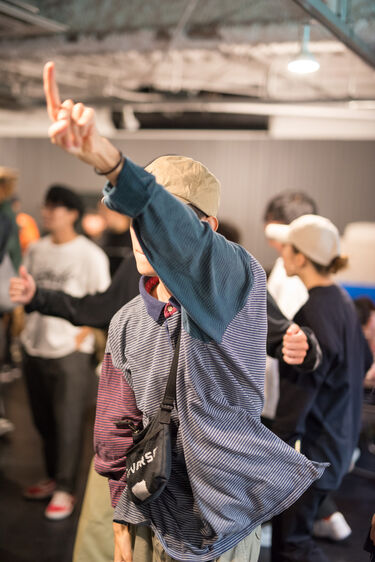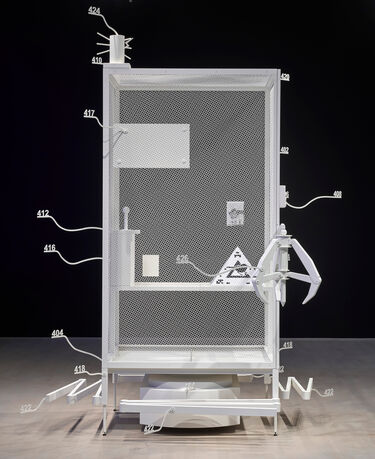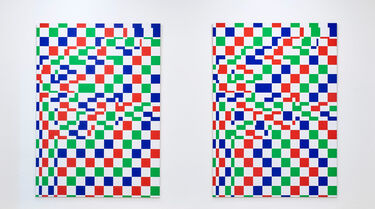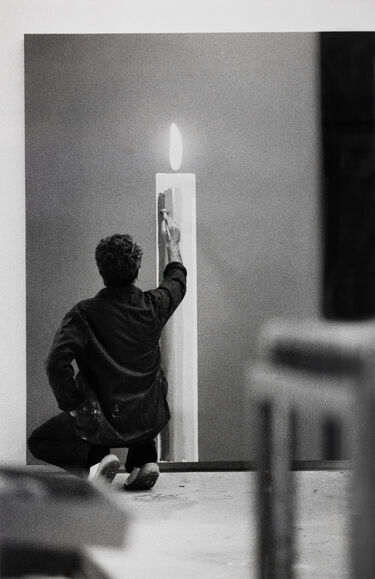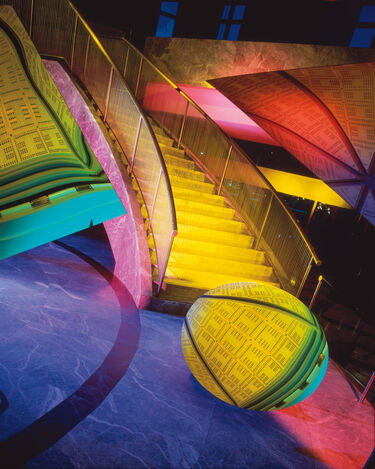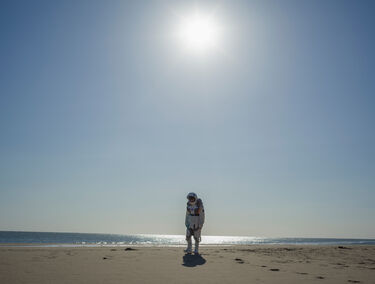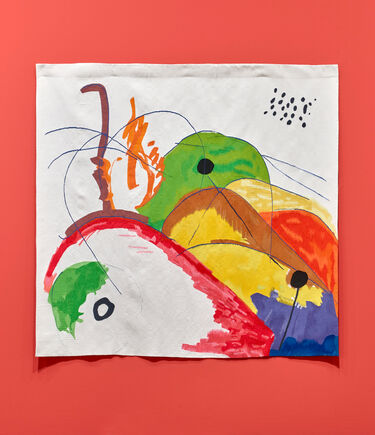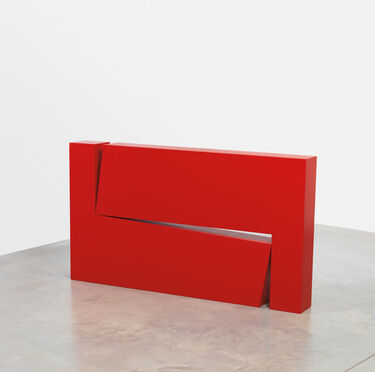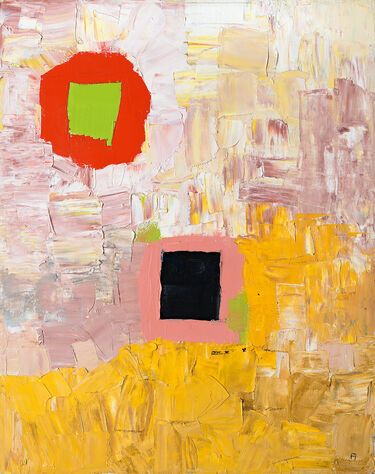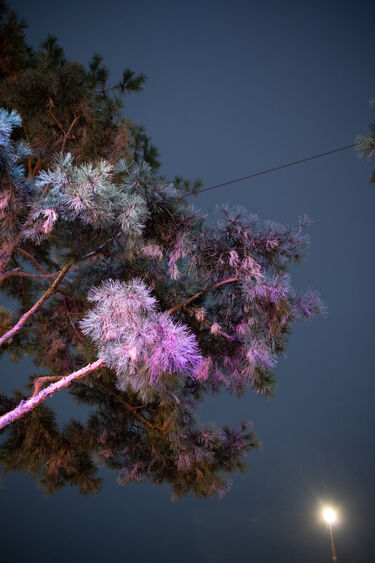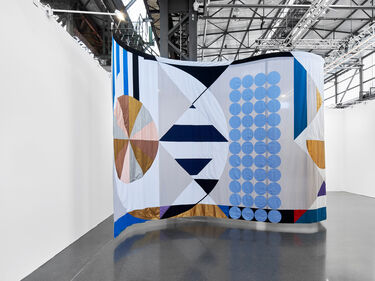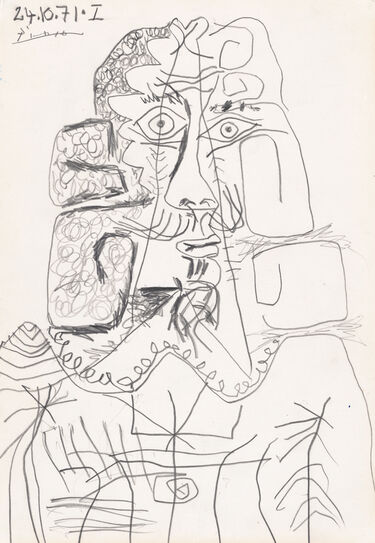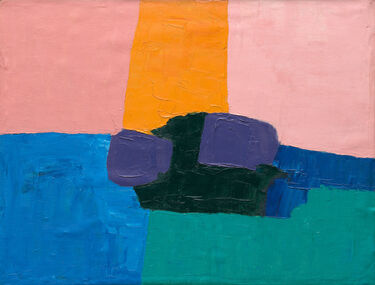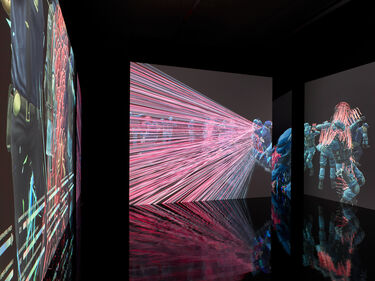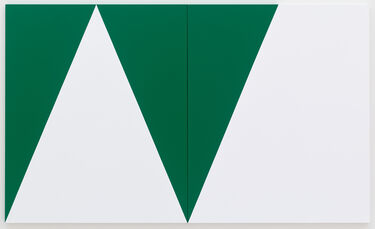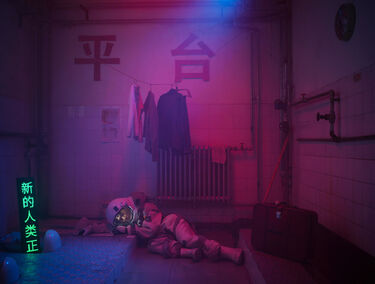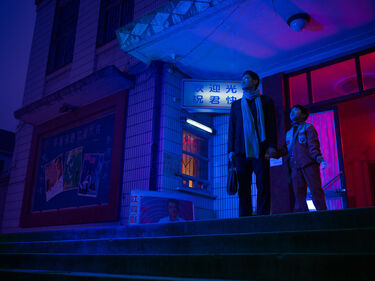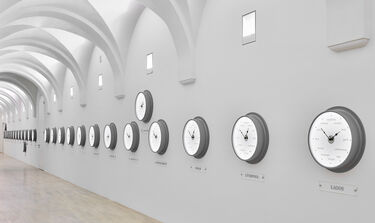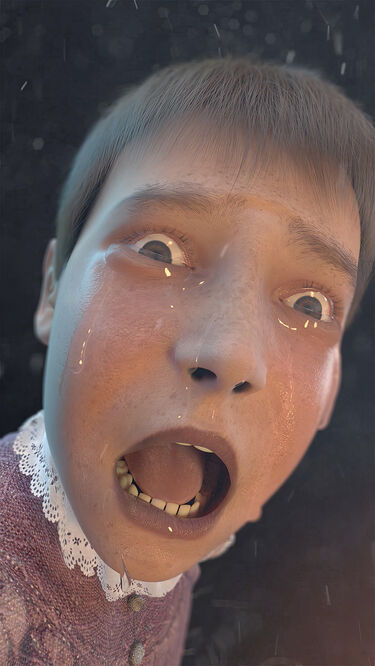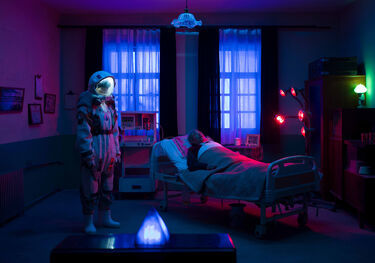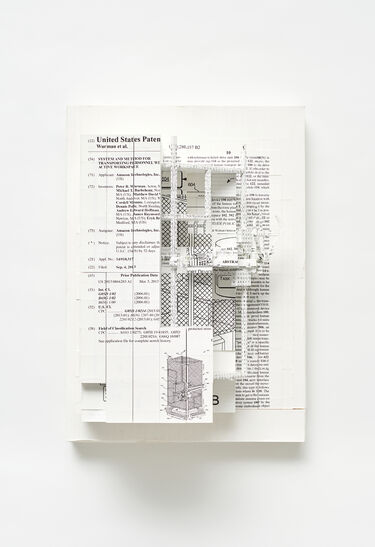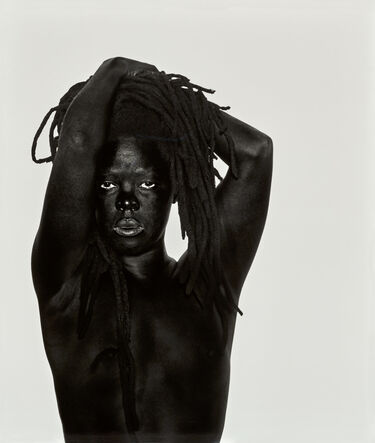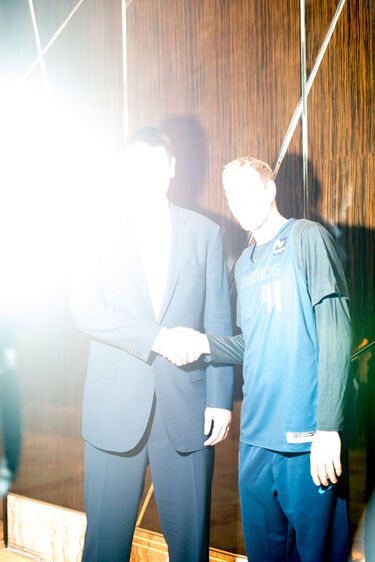1961
The Founding of the Kunstsammlung Nordrhein-Westfalen
Report on the acquisition of works by Paul Klee
In 1960, the State of North Rhine-Westphalia acquired 88 works by the artist Paul Klee from the private collection of the American industrialist G. David Thompson. This laid the foundation for the Stiftung Kunstsammlung Nordrhein-Westfalen, which was established in Düsseldorf one year later. The acquisition was recognized as a cultural-political gesture of reconciliation and a tribute to Klee’s artistic contributions. After seizing power in 1933, the Nazis had dismissed Paul Klee as a professor at the Düsseldorf Academy of Art (Kunstakademie Düsseldorf) and forced him into exile in Switzerland. His works — along with thousands of modern paintings, sculptures, and works on paper from the classical avant-gardes — were defamed as “degenerate,” confiscated from collections, and later destroyed or sold.
Paul Klee – The Heart of the Collection
9 Works
Werner Schmalenbach (1920–2010) was appointed founding director of the Kunstsammlung Nordrhein-Westfalen in 1961. During his twenty-eight-year tenure, Schmalenbach succeeded in building up an internationally unique collection of major works of Western art history. These include important paintings by Max Beckmann, Georges Braque, Max Ernst, Ernst Ludwig Kirchner, Henri Matisse, Piet Mondrian, Pablo Picasso, Robert Rauschenberg, and Andy Warhol. With Jackson Pollock’s drip painting Number 32 (1950), which was exhibited at documenta II in Kassel, a major work of Abstract Expressionism entered the Kunstsammlung in 1964. In 1965, the young collection of modern art was moved to Schloss Jägerhof (now the Goethe Museum Düsseldorf), which was built around 1750 in the Rococo style, and was opened to the public.
Between 1966 and 1985, Paul Klee’s works traveled internationally and were shown in thirty-eight museums in countries including Brazil, Israel, and Japan. The exhibition tour had cultural-political dimensions and was marked by the changing democratic values in the Federal Republic of Germany. In 1968, the collection, which had grown to more than 180 works, was presented in the spacious galleries of the Kunsthalle Düsseldorf.
From the late 1960s to the early 1980s, Werner Schmalenbach organized a series of didactic exhibitions at Schloss Jägerhof. Based on the collection, the thematic presentations were dedicated to the biographies of the artists Pablo Picasso, Georges Braque, and Max Ernst, examined styles such as Surrealism and Cubism, and focused on the development of sculpture as an art genre.
The Friends of the Kunstsammlung Nordrhein-Westfalen were founded in 1969. With great dedication, they have supported the further development of the collection by acquiring important works by artists such as Francis Bacon, Isa Genzken, Alice Neel, Gerhard Richter, and Ai Weiwei and making them available to the museum on unrestricted permanent loan.
1986
K20 at Grabbeplatz
In 1986, the Kunstsammlung Nordrhein-Westfalen opened K20 on Düsseldorf’s Grabbeplatz. The new museum building with its gleaming black Bornholm granite façade was designed by the Copenhagen architects Dissing+Weitling. The generously proportioned and spacious interiors, with daylight ceilings up to six meters high, allow the unique collection of classical modern and postwar art to shine in a new light. The interior design of the museum rooms was completed with furniture by the designer Arne Jacobsen (1902–1971).
Armin Zweite (b. 1941) was director of the Kunstsammlung Nordrhein-Westfalen from 1990 to 2007. Like the founding director Werner Schmalenbach, he did not aim for “encyclopedic completeness” in expanding the collection, but rather pursued the goal of collecting individual “works that would also endure in the future past.”[1] During his tenure, Zweite systematically expanded the collection to include other genres, focusing on the acquisition of sculptures, photographs, installations, and new contemporary art forms.
From 1990 on, in addition to important modern paintings by Chaïm Soutine and René Magritte, seminal works by the American artists Barnett Newman, Donald Judd, Sol LeWitt, and Richard Serra were added to the collection. In 1993, Palazzo Regale (1985), the last major installation by the Düsseldorf artist Joseph Beuys, was acquired and is now on permanent display at K20. Other expansive works and environments followed later, including Section Publicité du Musée d’Art Moderne, Département des Aigles (1972) by Marcel Broodthaers, the Genter Raum (Ghent Room, 1979/80) by Imi Knoebel, Grey Dawn (1991/92) by James Turrell, and Evolution >86< (1986) by Hanne Darboven. From 1998 on, works by the internationally renowned Düsseldorf photographers Bernd and Hilla Becher, Andreas Gursky, Katharina Sieverding, and Thomas Ruff found their way into the collection. With works such as these, the Kunstsammlung expanded its holdings to include forms of art and expression beyond classical painting.
In order to create more space for the collection and the exhibition program, the K20 extension was officially opened in 2010. Designed by the architects Dissing+Weitling, the exhibition space on Grabbeplatz has grown to more than 5,000 m².
[1]
Armin Zweite, “Vorwort,” in: Einblicke. Das 20. Jahrhundert in der Kunstsammlung Nordrhein-Westfalen Düsseldorf (Ostfildern-Ruit 2010), p. 10 (translated).
2002
K21 at the Kaiserteich
In 2002, the Kunstsammlung Nordrhein-Westfalen opened K21. The collection of international contemporary art moved into the Ständehaus, the former parliament building of the state government of North Rhine-Westphalia, which was built in 1880 by the architect Julius C. Raschdorff in the neo-Renaissance style and was severely damaged by bombing during the Second World War. The Munich-based firm Kiessler Architekten was responsible for converting the parliament building into a museum of contemporary art. They designed the particularly impressive glass dome, the spacious underground exhibition hall overlooking the Kaiserteich and the “white cube” floating over the piazza, in which the accessible installation Das Deutschlandgerät (The Germany Device, 1990/2002) by Reinhard Mucha is on permanent display.
In 2004, the State of North Rhine-Westphalia acquired more than 150 works from the private collection of Simone and Heinz Ackermans. This acquisition expanded the Kunstsammlung’s holdings of international contemporary art with large-scale sculptures, photographic works, and expansive video installations by artists such as Katharina Fritsch, Steve McQueen, Shirin Neshat, Thomas Schütte, and Jeff Wall.
From 2009 to 2016, Marion Ackermann (b. 1965) served as director of the Kunstsammlung Nordrhein-Westfalen. Her goal was to make the collection more dynamic, to invite viewers to “participate in the museum,”[2] and to establish a stronger relationship between classical modernism and contemporary art. During her tenure, she expanded the collection to include large works and groups of works by the contemporary artists Janet Cardiff & George Bures Miller, Katharina Fritsch, Thomas Hirschhorn, Tomás Saraceno, Wolfgang Tillmans, and Rosemarie Trockel.
Between 2013 and 2015, the State of North Rhine-Westphalia acquired the Dorothee and Konrad Fischer Collection for the Kunstsammlung Nordrhein-Westfalen. In addition to seminal works of Minimalism and Conceptual Art by Carl André, Daniel Buren, Stanley Brouwn, On Kawara, Bruce Nauman, Sol LeWitt, and Lawrence Weiner, the archive of Konrad Fischer Galerie, with numerous documentary materials, correspondence, and photographs, was donated to the Kunstsammlung. Selected works from this collection are presented in a dedicated room at K21, and the documentary archive is digitally accessible.
In 2017, Susanne Gaensheimer (b. 1967) was appointed director of the Kunstsammlung Nordrhein-Westfalen. In addition to an international exhibition program, she is programmatically expanding the collection in the spirit of openness, polyphony, and digitization. “On the substantial basis of the outstanding collection laid out by Werner Schmalenbach, we are faced with the task of questioning ‘his’ view of modernism and expanding the important collection within the horizon of global change,” says Gaensheimer. Since 2017, important works by pioneering artists such as Etel Adnan, Kader Attia, Cao Fei, Isa Genzken, Carmen Herrera, Gabriele Münter, Alice Neel, Isaac Julien, Anne Truitt, and Ai Weiwei have been added to the collection.
[2]
Marion Ackermann, “Vorwort,” in: Meisterwerke des 20. Jahrhunderts. Kunstsammlung Nordrhein-Westfalen Düsseldorf (Munich 2010), p. 9 (translated).
New acquisitions
68 Works
The collection has been significantly expanded and diversified through targeted acquisitions of works by pioneering women artists and artists from non-Western countries. While in 2017 there were still no works by women artists of classical modernism and exactly two works by women artists of postwar modernism, the proportion of women and global-international artists has increased significantly in the last six years. In a new presentation by Vivien Trommer, Head of Collection, under the direction of Susanne Gaensheimer, the greatly expanded and modernized collection will be shown for the first time in all its facets.
In 2023, the Kunstsammlung Nordrhein-Westfalen and the Friends of the Kunstsammlung Nordrhein-Westfalen launched the K21 Global Art Award. The award is linked to an acquisition for the Kunstsammlung and makes an important contribution to structurally opening up the collection, making it more diverse and global.
